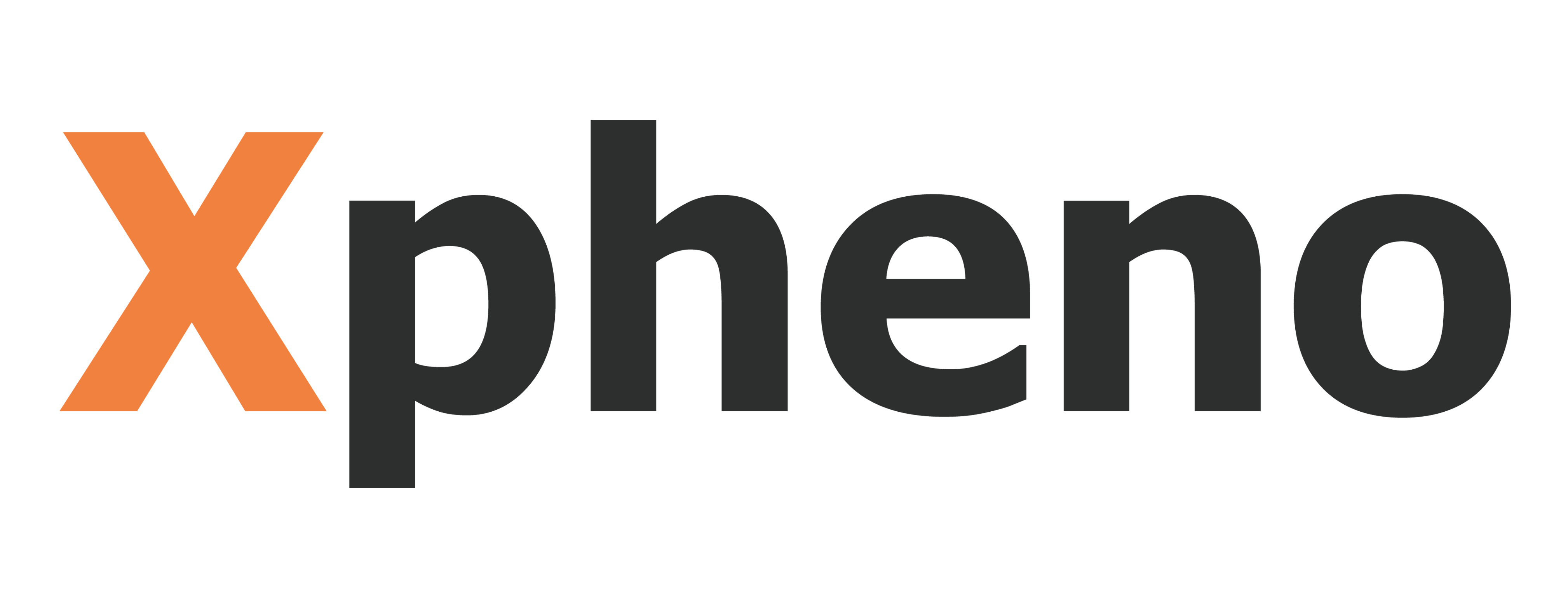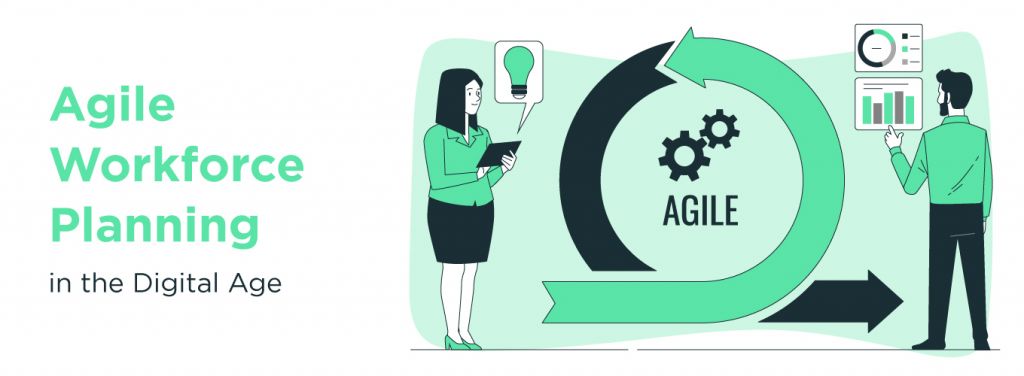As the environment of the digital age is steadily changing, conventional ways of human resource planning are unvaryingly inadequate to the dynamic situation of current-day working conditions. Agile workforce planning is rapidly becoming the new buzzword for retaining the agile and dynamic character of a workplace in an unstable environment. This piece of writing develops the idea of agile workforce planning, explaining its importance, implementation strategies, and its examples.
Table of Contents
What is an Agile Workforce?
Agile workforce, also known as agile human resources, is an innovative and adaptable method of organizing and administering HR functions. In comparison to the traditional authoritarian structure, an agile workforce encourages collaboration, adaptability, and a focus on timely adding of value. It includes the processes of disbanding silos, creating cross-functional teams, and developing a culture of lifelong learning and improvement. This is what constitutes the core of the organization, its adeptness to react to changes in the market, the ongoing technological advancements, and changing consumer preferences.
What is Workforce Planning?
Workforce planning is the strategic exercise that strives to link an organization’s human capital to its operational purposes. It has been a top-down process in the past, one that focused on the long run and was inflexible. Nonetheless, in the current digital world which emphasizes speed and time frame, this approach may result in misalignment and wastage. On the flip side, agile workforce methods focus on limiting the planning cycles, iterative changes, and the necessity of diversifying skill sets to adapt to changing business needs.
What does agility of the workplace mean in a Digital age?
In the digital age of today, constant disruptions, technological progress, and shifting market dynamics characterize the whole system. The conventional technique of workforce planning appears not flexible enough for this kind of work environment. An agile workforce is required for such situations to remain competitive, seize emerging opportunities, as well as be able to handle challenges as quickly as they arise. It gives companies a chance to not just be on top of the game but also, learn trends and innovations that help them stay ahead and cut the competitive edge in the dynamic business environment.
The pace of Technological Advancements
With the advancement of the digital age, innovative technology trends are arising by the day. The business environment is undergoing a radical transformation because of the changing technology environment, which includes artificial intelligence, automation, and data analysis. These innovations may create fierce competition for companies; therefore, they should be able to adapt rapidly. An agile workplace is imperative for the speedy response to the intricate occurrences of fast-changing. It helps create a culture of learning that is always ongoing, thus the staff can grasp the new technologies and use them to boost efficacy and innovation. Without agility, businesses are not able to keep pace with the ongoing integration and the ability to harness the prior advancements as they lag in taking up new developments to follow their competitors in a fast-moving digital environment.
Market Volatility and Uncertainty
Especially in a digital age, we observe an increased workload due to market fluctuations and instability. Business activities can be influenced strongly by factors such as changing consumer preferences, happening of global events, or economic fluctuations. The agile workplace, therefore, is a must in such a world of uncertainties as it permits organizations to effectively react to these unexpected outcomes. Whatever happens, whether it is in modifying product strategies, adapting marketing methods, or redesigning operational processes, an agile workforce can help companies make the necessary adjustments fast enough. This adaptability is not simply a reactive response; it facilitates proactivity, enabling businesses to foresee changes that lead to market cycles and be always ready for indefinable circumstances.
How can a company Plan its Workplace?
Embrace Flexibility
Built a company culture that had the flexing factor, in the process employees were allowed to balance new roles and responsibilities. This can be through cross-training, skills upgrading, and providing learning spaces so that the workforce can adapt to a dynamic work environment.
Cross-Functional Teams
Disassemble the walls of departmental silos and increase intra-departmental collaboration. This opens up a more holistic vision of business processes that, together with faster decision-making abilities and problem-solving capabilities, are the fundamental advantages of the implementation of ICT.
Iterative Planning
Adopt the Short planning cycles and periodically revisit the staffing needs. This approach is iterative so that the organization can revert to earlier versions easily and make required adjustments according to the changing circumstances. Hence the workforce skills and capacities can be aligned to current business objectives.
Technology Integration
Utilize the power of digital tools and technology to facilitate efficient communication, cooperation, and evidence-based decision-making. This ranges from project management software, and analytics tools to communication platforms that alleviate the pain points of sharing real-time information.
Examples of workforce planning
Spotify
Spotify, among others, is famous for its flexibility which operates in the squad, the tribe, and the guild. This model provides room for autonomy, cross-functional teams, and speedy response to market.
Amazon
By adopting an agile workforce philosophy, the e-commerce giant tries to engender innovation. Sprints work as bullet releases with each one developing new features and fixing more bugs. They are the reason why Amazon is in the absolute lead of the online shopping world.
Microsoft
Microsoft now functions using the agile principles to re-organize its workforce. The company fosters a growth mindset, offers numerous developmental chances, and concentrates on helping workers deal with and make the most of their new challenges.
The company’s reputation of being agile is attributed Google to its collaborative character, experimentation, and flat organizational structure. This method has been the one behind Google’s advanced capability of innovation and long-term standing as a tech industry leader.
Agility in Healthcare, the Example of Mayo Clinic.
The healthcare system has progressively implemented agile approaches in patient’ care and the function of the sector. Mayo Clinic, as an example, adopts Agile methodologies for improving processes, improving service delivery to patients, and faster response to healthcare matters.
Automotive Industry (e.g., Toyota)
The automotive industry, aptly represented by Toyota, has successfully indigenized the agile principles in the manufacturing industry. The Japanese automotive giant “Toyota” stresses the concept of continuous improvement, waste elimination, and flexibility which has resulted in their successful existence in an ever-varying market.
Conclusion
The agility of workforce planning is not a trend, agility of workforce planning is a need in the digital world. Adapting swiftly, reacting to changing market conditions, and developing creativity is essential for a venture to breathe and thrive. Organizations that strive to be agile in human resource strategy become the swimmers in the era of unceasing changes. Through the creation of work teams with high internal flexibility, interdepartmental collaboration, iterative planning, and technology integration as their base, organizations can build a workforce that is not only ready for today’s conditions but for those of tomorrow as well.
Frequently Asked Questions:
1. What is the major benefit of agile human resource management?
Agile workforce planning enables organizations to promptly respond to any new changes in circumstances and to have the staff in alignment with the current business objectives. It pushes the boundaries of flexibility, agility, and innovation.
2. How can companies build the culture of a workforce that supports agility?
Besides that, companies can facilitate agility through flexibility, collaborative cross-functional work, planning iteratively, and integration of digital devices to help communication and decision-making procedures.
3. Could an agile workforce planning strategy be not only for select industries but also for others?
Yes, principles of agile workforce planning can be tailored to different industry types and volumes of businesses. Diversity of approach does not negate the core concepts of flexibility, sharing, and adaptability.









